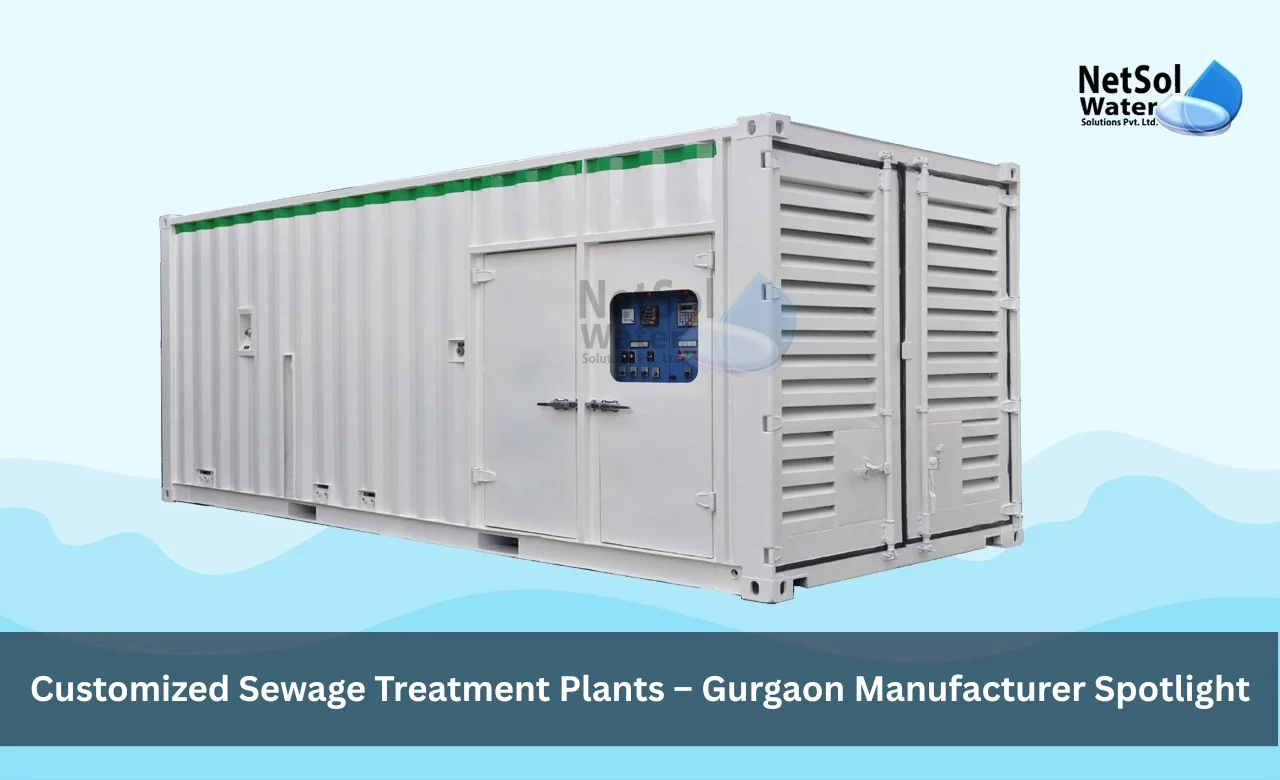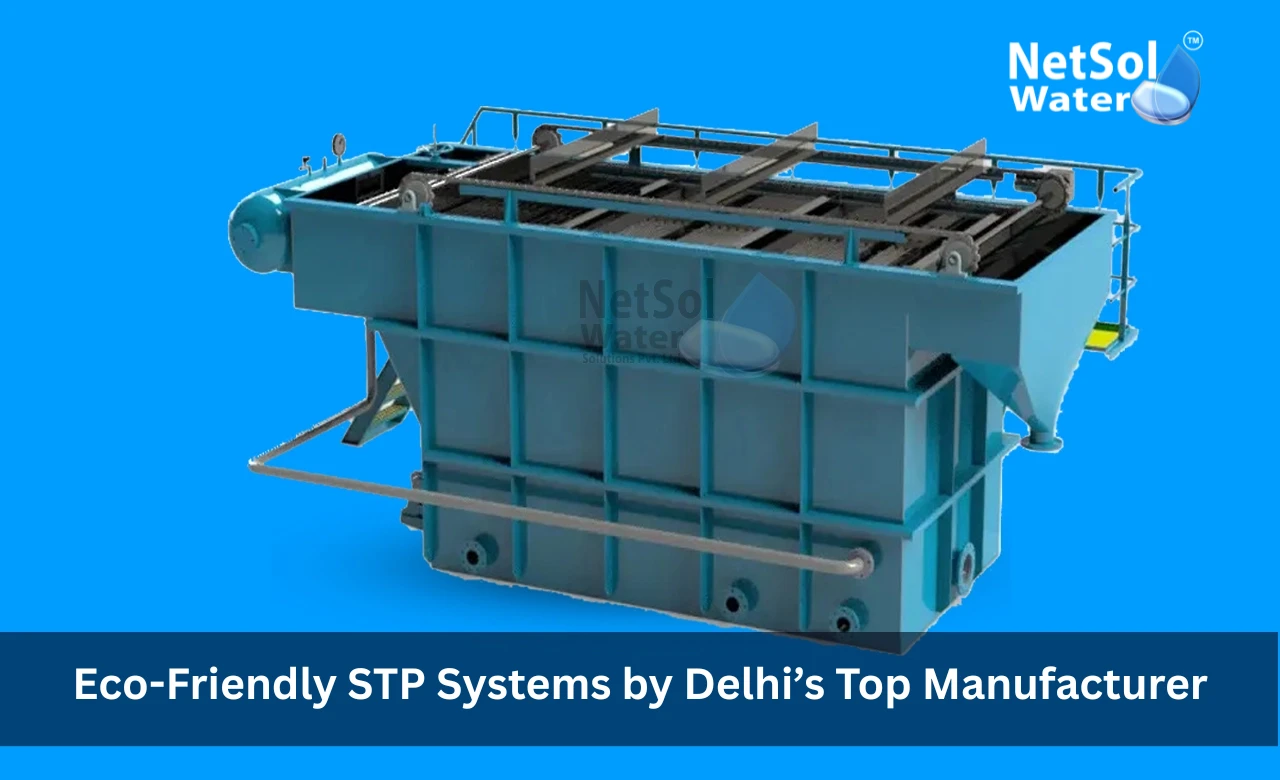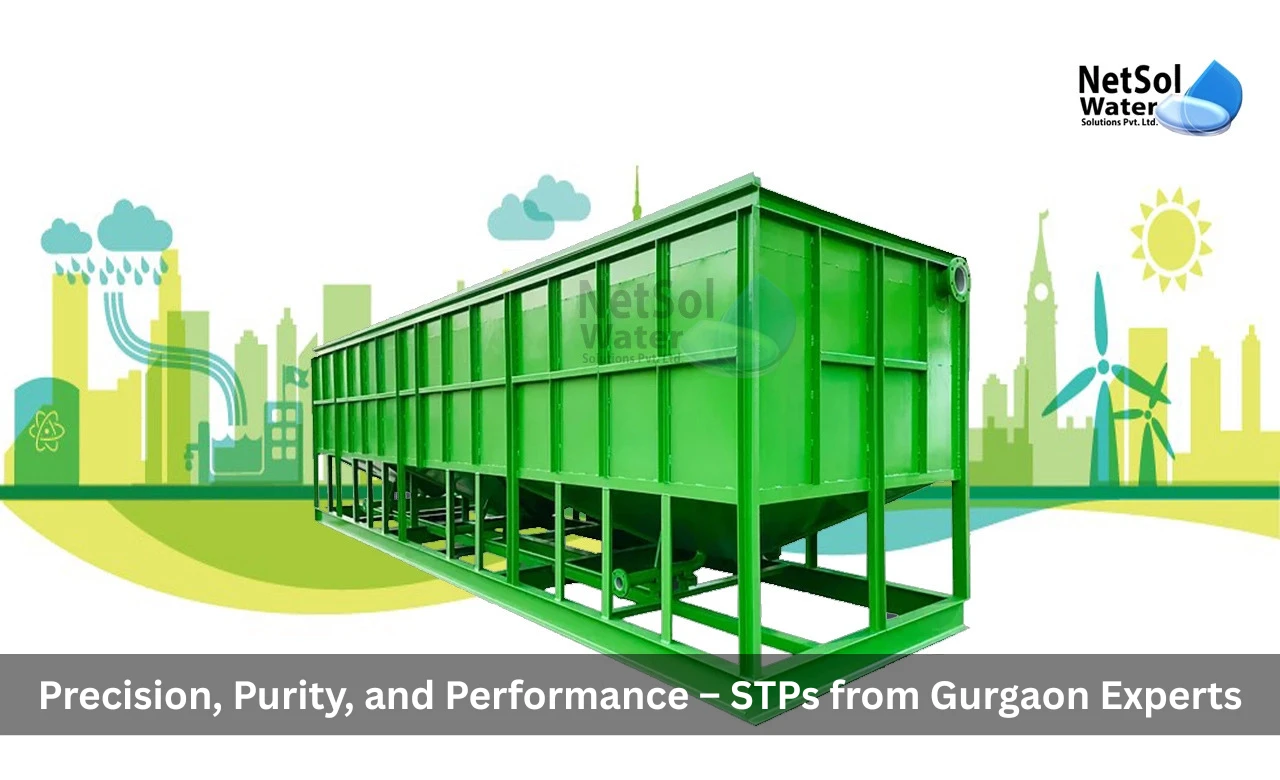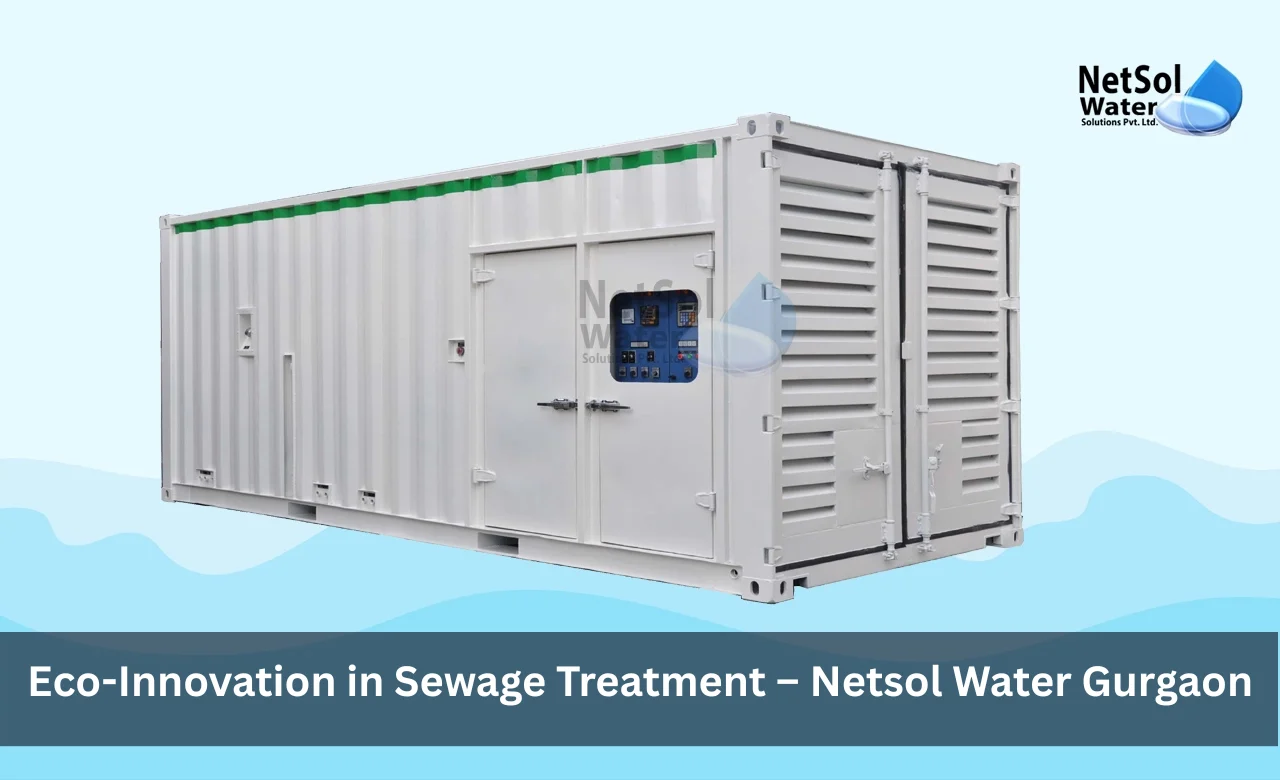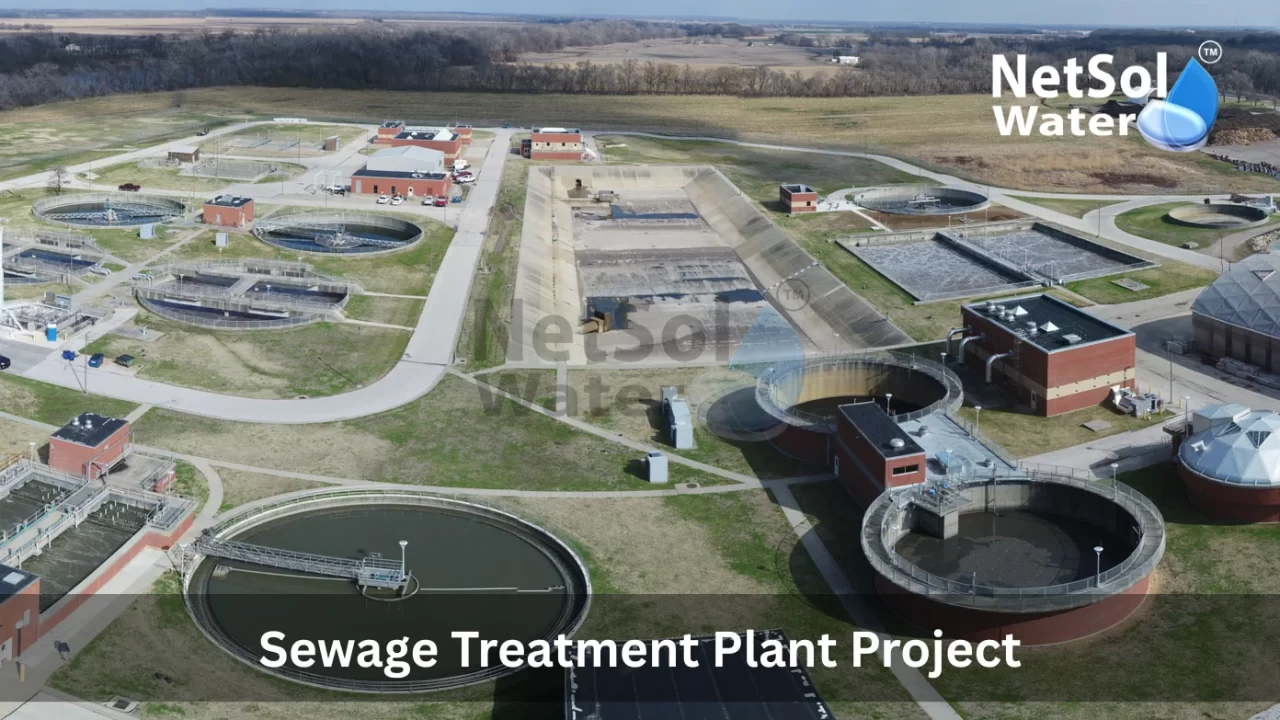Customized Sewage Treatment Plants – Gurgaon Manufacturer Spotlight
Gurgaon has earned its name as a fast-growing industrial city and a tech hub near Delhi. The city sees high demand for smart water management. Sewage treatment plays a key part in keeping water safe and recycling used water. Netsol Water is the leading Sewage Treatment Plant Manufacturer in Gurgaon. This company brings deep expertise to each project and adapts solutions to suit local needs. We will explore how customized sewage treatment plants meet the unique needs of Gurgaon projects.
Customized Design and Capacity Planning
Customization matters when each site faces its own challenges in land size, flow volumes and effluent standards. Netsol Water studies project needs and local regulations. This step ensures the plant works without waste or overcapacity. Let us have a look on some key aspects.
Design Customization
Every project starts with a detailed survey of the land and the sewage flow patterns. Netsol Water creates plans that fit the plot size and shape. They map out tanks, piping and control panels. They adapt the layout so the plant fits in tight spaces or larger industrial parks. The team checks soil type and ground slope. The plant uses less power and runs more smoothly. Using personalized designs reduces costs and boosts efficiency.
Capacity Scaling
After layout design comes sizing of each treatment stage. Netsol Water looks at peak flow rates and average loads. They size each tank pump and filter to match these values. This step ensures the plant treats all incoming water even on heavy use days. They also plan for future growth. If a community expands or a factory ups its output the plant can handle extra flow. By planning this way the client avoids expensive upgrades later. This approach keeps the system stable and cost effective over years of use.
Innovative Treatment Technologies
Advanced treatment helps remove solids organic matter and harmful microbes. Netsol Water studies each project to choose the best methods. They combine proven methods with newer tools. Let us have a look on some key technologies by leading Sewage Treatment Plant Manufacturer in Gurgaon.
Membrane Bioreactor Technology
Membrane bioreactor merges biological breakdown with fine filtration. In this process microbes feed on organic waste in an aeration tank. Then water passes through membrane filters that trap suspended particles and bacteria. This yields very clear effluent ready for reuse in irrigation or cooling. Netsol Water installs modular membrane units that fit any plant size. The membranes last many years and need simple cleaning. This reduces footprint and boosts output quality when clients need high grade reuse water.
RO Plant Integration
Second stage polishing often uses an RO Plant for removing dissolved solids and salts. Netsol Water links the RO Plant to the treated water outlet with a clear flow path and control valves. The system pushes water at the right pressure to pass through thin film membranes. The result is near pure water that meets strict standards. Netsol Water sets up automated controls to protect membranes and to flush out concentrates. This step gives clients the option to reuse water for high purity needs like boiler feed or industrial wash.
Installation and Maintenance Services
Even a well designed plant fails without correct installation and regular care. Netsol Water handles each stage with trained staff. They ensure long term performance and safe operation. Let us have a look on some support services.
Installation Process
The installation team arrives on site with all equipment and tools. They follow a clear plan to place tanks pumps, pipes and electrical panels. The staff checks alignment levels and weld joints at every step. They test welds and connections under low pressure before full start up. Netsol Water runs trial cycles to tune controls and to check flow paths. They train the client team on monitoring gauges, handling alarms and basic maintenance. This hands on approach reduces start up delays and surprises.
After-sales Support
Once the plant runs the support team takes over. Netsol Water schedules visits to inspect pumps valves, membranes and sensors. They replace worn parts and clean filters before blockages form. They use remote monitoring tools to track flow rates, pH levels and sludge volume. When alarms appear they call the client and guide them on fixes or send a technician. Netsol Water also offers spare part kits and on call support. This service keeps the plant healthy and avoids plant downtime.
Conclusion
A robust sewage treatment solution can save water, energy and cost for any Gurgaon project. Netsol Water stands out as a trusted Sewage Treatment Plant Manufacturer in Gurgaon with deep experience and a client centric focus. With personalized designs advanced technologies and strong support the company offers plants that last and perform well. To learn more or to request a consultation, please contact Netsol Water today. Let their team guide you to a cleaner water future.

